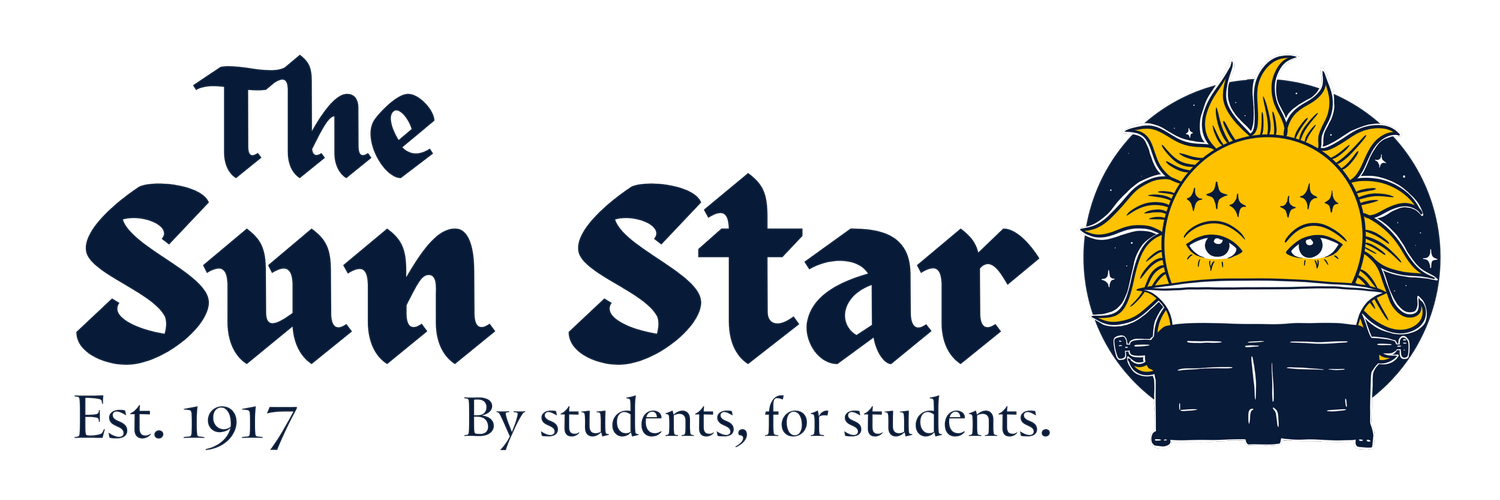AK interior medical education summit meets at UAF
By Katie Everett
The Alaska Interior Medical Education Summit, better known as AIMES, is an event hosted each year by the University of Alaska Fairbanks, where students and community members alike can gather to learn more about opportunities in the world of medicine.
This year marked the 14th annual AIMES conference, held in the Margaret Murie Building. The event was organized by Amy Wald, an academic advisor with the UAF College of Natural Sciences and Mathematics. The conference featured speakers from the Washington, Wyoming, Alaska, Montana and Idaho Medical School program, the University of Alaska Anchorage healthcare program, the Colorado State University vet med program in partnership with UAF, the UAF Career and Technical College program, and the Pacific Northwest University medical program.
Wald's opening remarks detailed what the day would look like and how the event was structured. She also explained what programs UAF offers emphasizing the biological sciences and wildlife biology bachelor’s degrees.
In the lobby of the Murie Building, all programs had tables set up with detailed information about what they offer. The vet med table included images of X-rays, while the CTC table included flyers about all the different degree or certificate pathways offered there. The UAA Nursing program, the PNWU program, and the WWAMI program all had tables that gave more information about what they offered and how to get in contact with people who could help with applying for the programs.
The Murie Auditorium and a classroom hosted panelists for discussions about medical school, vet med, nursing, dentistry, and pharmacy. Audience members were able to ask insightful questions and receive knowledgeable answers from panelists.
Some of the most notable panelists include Professor Shannon Uffenbeck and Ciera Stafford, WWAMI program director, as well as Dave Warner with Pacific Northwest University and Dr. Marianne Lian with CSU/UAF Vet Med.
Panelists discussed common medical school questions, covering topics like the admissions process and how it differs between programs, characteristics programs want to see in applicants, how to balance life and medical school, and what clinical rotations might look like for third- and fourth-year students.
Uffenbeck also discussed how she, as a learning specialist, helps students on their academic journey through medical school. Each panelist emphasized that every student has a different path, and to always embrace new experiences and be open minded to other opportunities. Uffenbeck also reassured students, stating that “you don’t have to come in knowing all the things.” Medical and veterinary school is often referred to as drinking from a firehose of information, and Uffenbeck stressed the importance of just taking everything one step at a time.
Additionally, panelists spoke about exams that were required of each program. Medical school requires the MCAT to enter, and multiple board exams throughout residency and career. Vet medicine only requires one or two board exams, making it less test-heavy but still equally as challenging and rewarding.
Stafford, Uffenbeck, and Warner each discussed the differences in each of their programs, such as how the WWAMI program offers opportunities for students to go work in rural Alaska or how the Pacific Northwest University program allows students to choose one location to complete all their clinical rotations in the last half of medical school.
Dr. Lian talked through various characteristics that would make vet med students stand out, such as good leadership and communication skills, as well as an ability to connect well with people and form good professional relationships. More specifically, Dr. Lian said that “[they] want to see veterinary relevant experience.” This includes shadowing hours, working side by side with a veterinarian, and participating in research.
The AIMES conference also featured a tour of the MRI lab, led by Dr. Carl Murphy, with the Department of Chemistry and Biochemistry.
The MRI lab at UAF is one of only a few labs that will allow animals to go through its machine, making it the site of some fascinating studies. The MRI lab has seen studies done on moose, bears, sled dogs, and small animals like marmots. Furthermore, the lab also features a dual-energy X-ray absorptiometry machine, which provides researchers with information on body composition.
To round out the day, Anshul Pandya with the UAF Career and Technical College presented pathways offered through the CTC campus. These programs are anywhere from six weeks to two years, and students can earn certificates or associate degrees. The programs offered at the CTC include phlebotomy, dental and medical assistant certificates, licensed practical nurse, and certified nursing assistant degrees. .
The AIMES conference provided a place for students and community members interested in the medical field to ask questions, tour active research labs, and gain more information about what working in medicine might look like.

